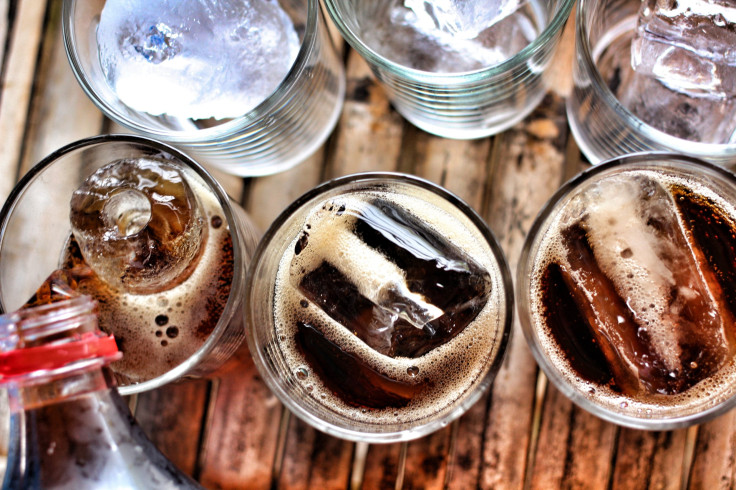Caramel Coloring In Soda May Increase Cancer Risk; Regulations Fail To Protect Consumers

Soda is the second most popular drink in the United States, and it’s because children and adults alike are gulping down copious amounts of bubbly artificial liquids without a realistic sense of health consequences. Research scientists at Consumer Reports teamed up with the Center for a Livable Future at the Johns Hopkins Bloomberg School of Public Health to study how much danger Americans are putting themselves in each time they drink another caramel-colored soft drink like Coca-Cola or Pepsi. They published their study, which revealed the levels of potential exposure to cancer-causing ingredients, in the journal PLOS ONE.
"Soft drink consumers are being exposed to an avoidable and unnecessary cancer risk from an ingredient that is being added to these beverages simply for aesthetic purposes," said the study’s senior author Keeve Nachman, director of the Food Production and Public Health Program at the Center, in a press release. "This unnecessary exposure poses a threat to public health and raises questions about the continued use of caramel coloring in soda."
It’s not just the enormous amounts of liquid sugar people should be worried about, but also the artificial caramel coloring. A chemical called 4-methylimidazole (4-Mel) is floating inside each glass of soda, and contributes to its appealing caramel color. Over half of the American population aged 6 to 64 drinks enough soda every day to become exposed to levels of 4-Mel that are high enough to increase cancer risk.
The analysis is a follow-up to last year's study, in which researchers at Consumer Reports found soft drinks from California and New York contained anywhere from 3.4 to 352.5 micrograms of 4-Mel in each 12-ounce bottle or can. Because there are no federal regulations on the amount of 4-Mel allowed in food and beverages, California lawmakers decided to require manufacturers to include cancer warnings on the labels of any products with more than 29 micrograms of 4-Mel.

Consumer Reports believes that the 4-Mel limits are still too high for the average consumer. The California Office of Environmental Health Hazard Assessment argues that 29 micrograms is an adequate limit because it's the point at which no more than one in 100,000 people who are exposed will develop cancer in their lifetime. Frighteningly, Consumer Reports’ most recent analysis predicts there will be between 76 and 5,000 cases of cancer in the U.S. over the next 70 years solely due to exposure to 4-Mel.
"This new analysis underscores our belief that people consume significant amounts of soda that unnecessarily elevate their risk of cancer over the course of a lifetime," said Urvashi Rangan, executive director for Consumer Reports' Food Safety and Sustainability Center, in a press release. "We believe beverage makers and the government should take the steps needed to protect public health. California has already taken an important step by setting a threshold for prompting Prop 65 labeling based on daily 4-Mel exposure from a food or beverage, such as a soda. This study sought to answer a critical question: How much soda do American consumers drink on average?"
Source: Nachman KE, Smith TJS, Wolfson JA, Jiao D, Crupain MJ, Rangan U, et al. Caramel Color in Soft Drinks and Exposure to 4-Methylimidazole: A Quantitative Risk Assessment. PLOS ONE. 2015.
Published by Medicaldaily.com



























